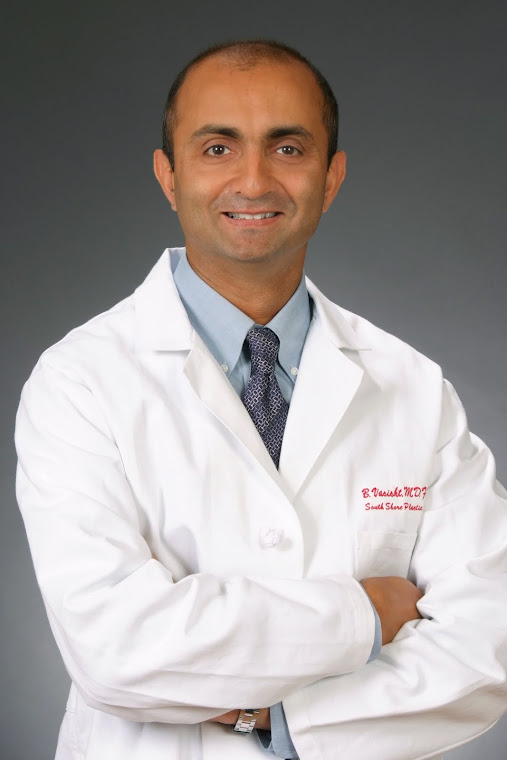Patients often ask me "Do I need a facelift ?" This then goes into the second
phenomenon that I describe in the aging process, namely the loss of ligamentous
support. As we age, along with losing
volume as I have described before, the tissues that "hold up" our
face begin to lose strength as well. Take a look at the image below to understand how the face ages.
This is where you begin to notice deeper lines and wrinkles around the
naso-labial folds and jowls. This is
also very evident in the neck region as the tissue gets loose and just cannot
« stay up » any longer. The
platysma muscle in the neck, which is contiguous with the SMAS (muscle soft
tissue of the face), begins to droop and patients will notice banding of the
muscle ( the so-called turkey gobbler neck).
It is at this point that the patient will likely need some surgical
intervention to reverse these changes.
Once these changes
begin to occur, a patient needs to consider facelift as a solution. Facelifts have many different connotations
for patients. I think this is because
there are so many different techniques and approaches that you all have heard
about. Mini-Facelift, Short scar
facelift, LifestyleLifts (strong TV marketing), SMAS facelifts, Twilight lifts,
Smartlifts, Deep Plane Facelifts just to name a few and I probably missed a
couple in there ! The main goal of
any of these procedures should be to restore the laxity that and ligamentous support. When I evaluate a patient, I take all these
factors into consideration before deciding which technique fits that patient. It is a mistake to try and fit one technique
to all patients that walk in. I try to
be versed in all these techniques to assure natural results and long term
results.




